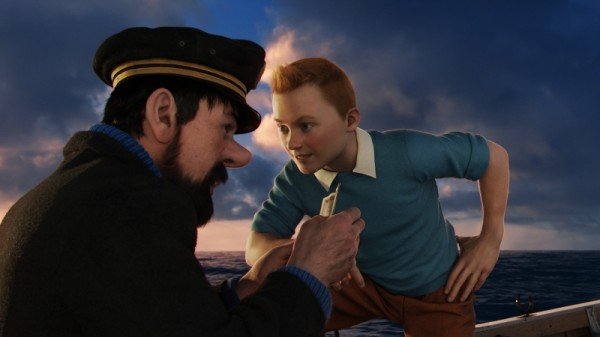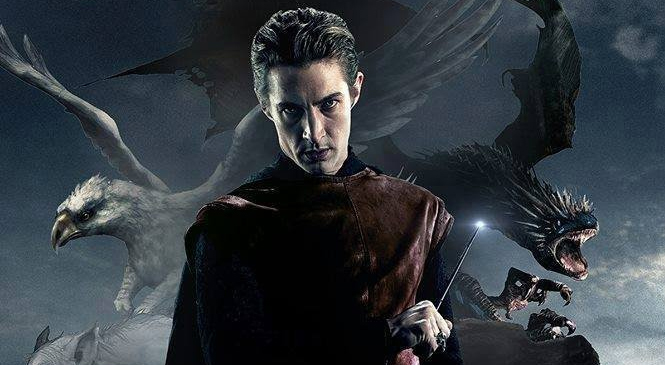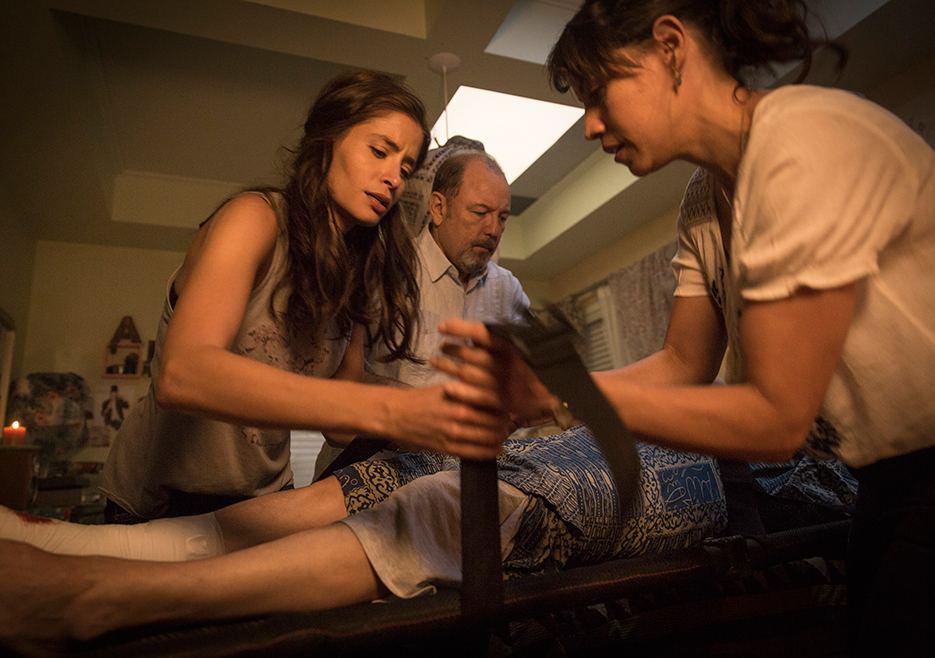TINTIN Follows the Ten-Minute Rule
So, catching up on some movies, I finally got a chance to see The Adventures of Tintin, the animated feature based on the comic strip by Hergé. And it’s very easy to see the similarities to one Dr. Henry Jones, Jr.
First, a look at the story:
Tintin, a young reporter with a white dog named Snowy, is an adventurous lad who happens upon a model of a three-masted sailing vessel named the Unicorn. Through his possession of the model, and subsequent nefarious ne’er-do-wells trying to steal it, he discovers clues to a lost treasure that went down with the ship.
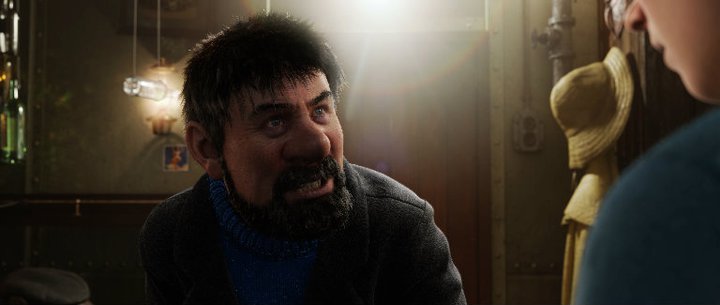
The clues lead him to a chance meeting with Captain Haddock, the descendent of the Unicorn‘s captain, and together the two go searching for the other clues to the location of the treasure. And it’s a race against a man named Sakharine, who has his own agenda – and it’s connected to the Haddock family and the treasure of the Unicorn.
That’s it in a nutshell. In addition to the b-story involving the hunt for a pickpocket by Scotland Yard inspectors Thompson and Thompson (which actually ties into the main plot rather neatly), most of the movie is a series of chases, stunts, opera (wait. what?), more chases… more stunts… and the whole time I was saying to myself “This is what Crystal Skull should have felt like.”

From the start, I was curious about Steven Spielberg’s take on this, after hearing so much about how he learned people were comparing Indiana Jones to Tintin, how he later got his hands on a copy of the books, and how he decided long ago to make a movie based on the character. And for Tintin and Indy to be literary cousins, as it were, I knew there had to be a strong reason for that comparison. And I knew that with Spielberg and Peter Jackson involved, it was more than likely going to be a fun ride.
I wasn’t disappointed.
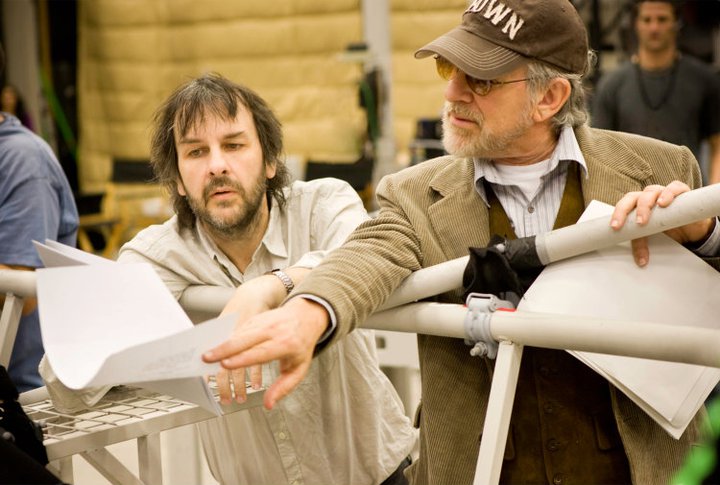
But what really had me curious was whether or not Tintin followed the ten-minute rule.
Wait. You don’t know the ten-minute rule? OK, well, then… briefly, it’s a principle based on the old Saturday morning serials of the 1930s and 40s – stories featuring Buck Rogers, Dick Tracy, and Flash Gordon – the stories that heavily influenced both Spielberg and George Lucas. Those serials were told in weekly chapters, each ending in a cliffhanger, and each lasting roughly ten minutes.
Now, if you put a clock to Raiders of the Lost Ark, Star Wars and their sequels (if you haven’t already), you will find that each adventure follows (roughly) the ten-minute rule. There is a fully contained beginning, middle and end packed into each ten-minute segment, so that if you separated them into chapters, they would tell bits of the story, end on a cliffhanger, and leave you wanting more. Raiders is perhaps the best example of this, with the first Star Wars coming in a close second.
It’s obvious that Spielberg and Lucas both studied the art and science of the serialized story, and that’s why those films worked so well. And it may be why Indiana Jones and the Kingdom of the Crystal Skull didn’t work as well. I still need to put a clock to it, but I’d bet that it doesn’t follow the ten-minute rule enough. Certainly in the jungle chase, the pace feels very off…

But I digress. Tintin is the spiritual heir to Indiana Jones. All the young reporter needs is a fedora and a whip. He’s Young Indy with a notebook and a dog. The only thing missing from this movie was a cameo from some historical figure. And the movie does what Raiders did: segments of the story are bundled in roughly ten-minute increments, so you get an even pace that mixes action and exposition, without ever having too much of one over the other.
And the motion-capture technology just keeps getting better. Whatever you might think about the animation technique, it certainly adds a lot more versatility to what a filmmaker can do to present the story. There were some shots that Spielberg never would have been able to get had he been making a live-action movie, certainly not without spending a boatload of money – say, about forty weight in gold…
It’s definitely worth the trip to see this in theaters.

